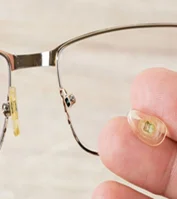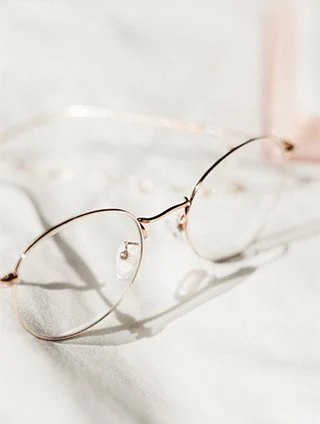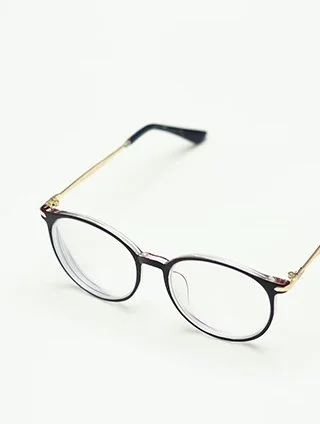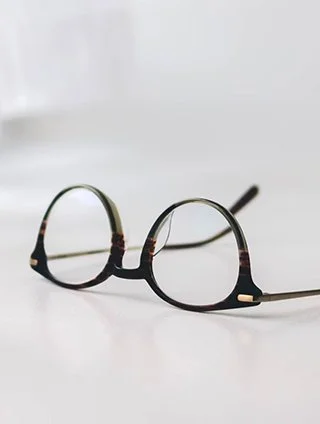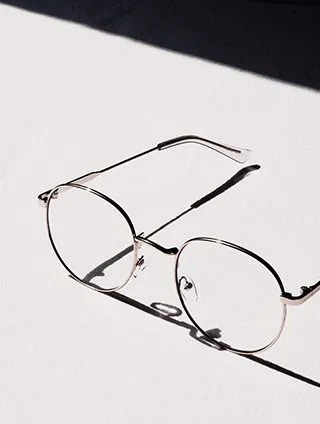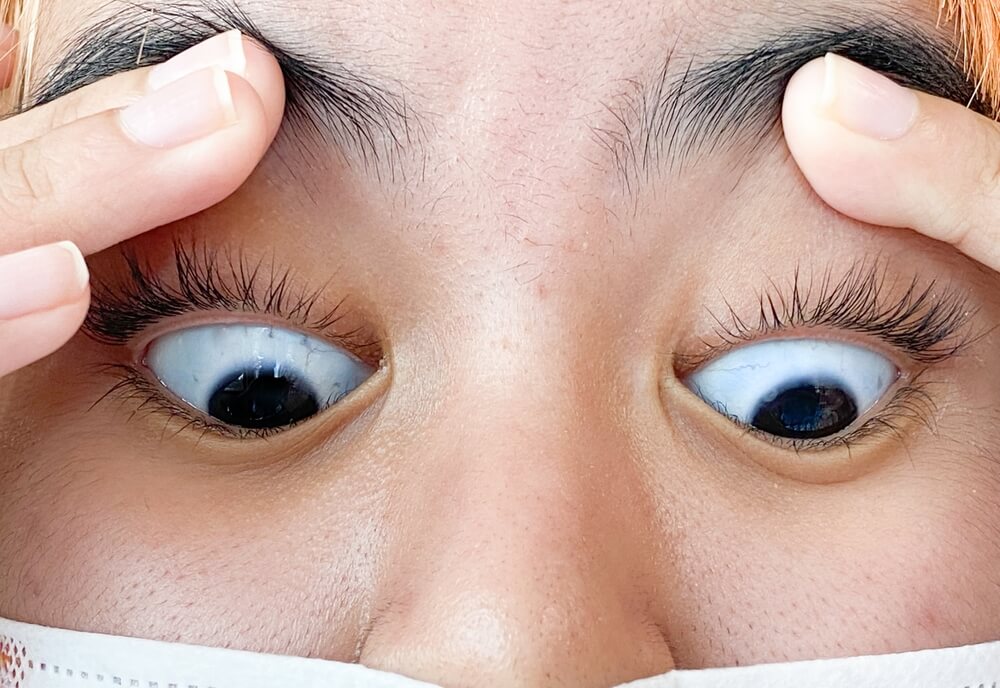Last updated: Tuesday, January 21, 2025
When the sclera, or white part of the eye, has a blue hue, it is known as blue sclera. Numerous causes of blue sclera exist, such as a lack of iron or underlying medical conditions. The ailment leading to the blue sclera determines the course of treatment.
What Is A Blue Sclera?
"blue sclera" describes the blue-tinted or blue-turning white portion of your eye. This shade of blue might look grey or purple.
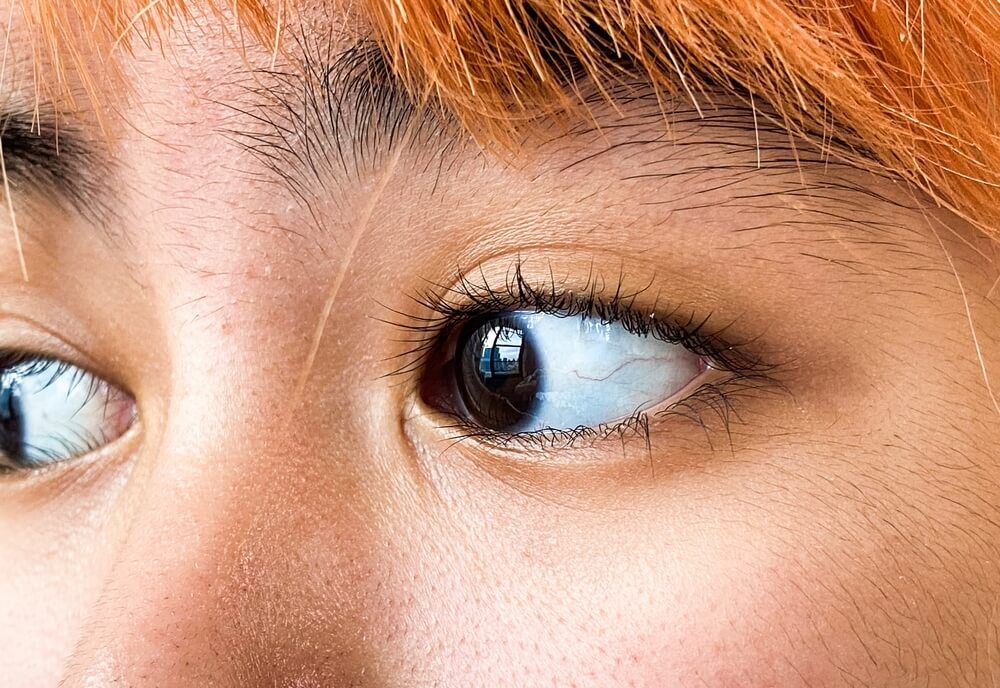
Blue sclera can be a sign of several illnesses. It is frequently caused by a genetic disorder associated with connective tissue inherited in early childhood. Adults with iron insufficiency may have blue sclera.
A blue sclera typically exhibits no discomfort or other signs. The blue colour is thought to be caused by thinner sclera fibres that let the uvea and blood vessels beneath shine through.
What Is Black Sclera?
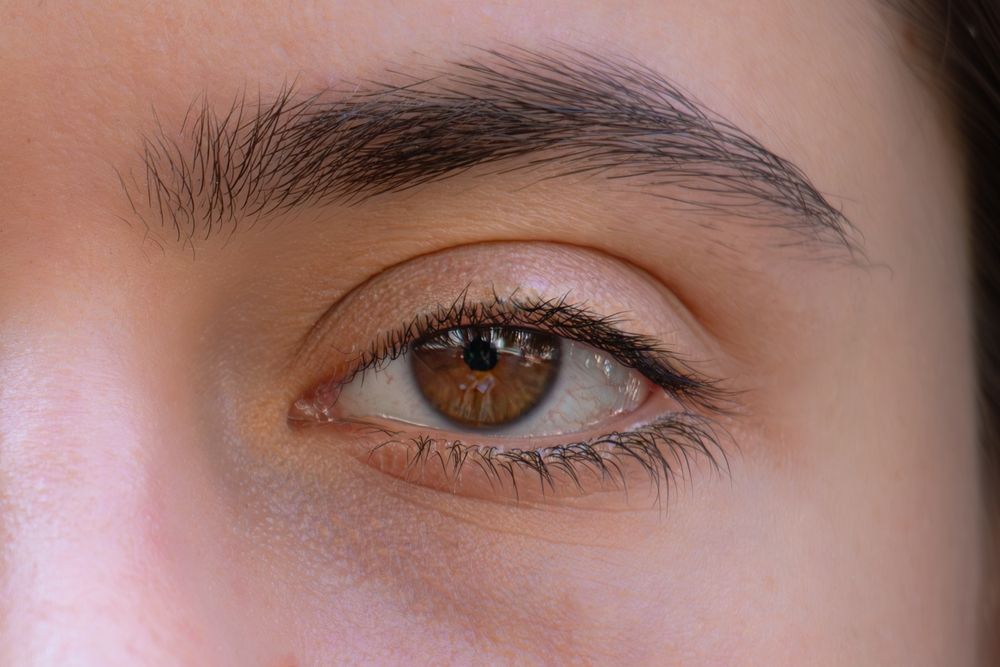
The absence of healthy connective tissue in people with Ehlers-Danlos syndrome can cause their sclera to appear blue. The sclera may go black in extremely rare but serious situations of liver and renal failure can turn it black.
Why Are The Whites Of My Eyes Blue?
The sclera is a dense coating of protein and collagen that protects the eye. It reaches the optic nerve in the rear of the eye from the front. The sclera of a healthy eye is smooth and white. Sclera thinning results in a blue tinge, which increases the visibility of the blood vessels and uvea below.
The layers beneath the sclera visible by the thin tissue give the skin its blue hue. The development of connective tissue or bones may be hampered, anemia may occur, certain drugs may be taken, and silver compounds may be present.
Different Stages Or Intensities?
The variations in causes are related to the variations in severity. Generally speaking, a blue sclera is not a significant condition. Blue scleras can indicate the presence of more serious underlying medical conditions that require medical attention. For this reason, your doctor might prescribe tests like blood work, genetic testing, and a comprehensive eye examination.
Function Of Sclera
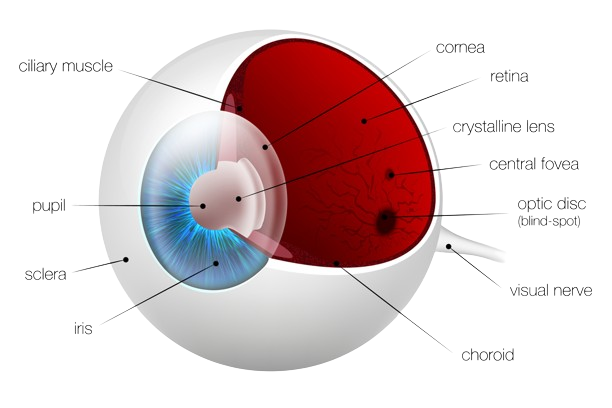
The sclera and the eye's intraocular pressure (IOP) work together to keep the eyeball in its proper shape. The sclera's hard, fibrous structure shields the eye from major harm from external stress, including laceration and rupture. The muscles around the eyes that govern eye movement also have a strong attachment point in the sclera.
What are The Most Common Causes of Blue Sclera?
Genetic disorders such as osteogenesis imperfecta are among the causes of blue sclera.
- The connective tissue condition is known as Marfan syndrome.
- A disorder of the connective tissues called Ehlers-Danlos syndrome.
- An advanced form of OI is known as blue sclera syndrome (Lobstein-Van der Hoeve syndrome).
- Incontentia pigment is a hereditary condition that impacts the eyes as well as other bodily systems.
- Weak cornea disorder is a tissue ailment that results in a thin cornea.
A blue tint in your sclera can also be caused by:
Iron shortage and iron deficiency anaemia. Poor red blood cell counts can be brought on by iron deficiency.
- An autoimmune disease called rheumatoid arthritis damages your joints.
- Myasthenia gravis is a disorder that may cause muscle weakness.
- A few categories of drugs, such as minocycline, amiodarone, and steroids.
- Prolonged contact with silver.
- Nevus of Ota, also known as ocular dermal melanosis, is a condition in which tissues have hyperpigmented (overly coloured) areas.
- A side effect of glaucoma laser surgery.
Medication That May Result In Blue Sclera
In elderly adults, medicine is typically the cause of blue sclera rather than a genetic condition. Some drugs may cause this blue hue. Discuss any adverse effects you are having with your physician. Changing treatments or modifying your dosage can frequently help resolve issues.
Minocycline
Urinary tract infections and pneumonia are among the bacterial infections that minocycline is used to treat. Colour changes in the skin, teeth, gums, and nails are among the adverse effects of this medicine. A person taking this medication might have a blue tint if they have a blue tint to their sclera.
Antipsychotics
Antipsychotics are medications used to treat specific mental health conditions. These comprise bipolar disorder, depression, schizophrenia, and specific personality disorders. Blue sclera may result from the antipsychotic drug class known as phenothiazines.
Amiodarone
Amiodarone is a medication used to treat heart issues, such as arrhythmia (an irregular heartbeat). This medication may build up on the skin while being taken, tinting the hands, eyes, and cheeks blue-grey.
Phenytoin
Blue staining of the eyes and skin has been reported as a side effect of the seizure medicine phenytoin. Patients also exhibit blue lips, conjunctiva, and nail beds in addition to blue sclera. There were also reports of permanent visual changes.
Mitoxantrone
An intravenous chemotherapy medication called mitoxantrone is used. After treatment, 10%–29% of individuals had greenish or blueish staining in their urine and sclera. Usually, this adverse effect goes away one to a couple of days after starting treatment.
How Can Blue Sclera Be Treated?
Healthcare providers will find the root cause of your blue sclera before determining treatment. The simplest way to handle it correctly is to understand why it happened.
A blue sclera may indicate a more serious ailment. It can appear in people with hereditary illnesses such as osteogenesis imperfecta or Marfan syndrome. Treating the underlying illness in these situations might help with the blue sclera.
The condition producing the blue sclera will determine how it is treated. Treatment is not necessary in most cases. On the other hand, you will require medical attention if you suffer from a serious condition. The dangers change based on your health.
Is It Possible To Avoid Blue Sclera?
Depending on the individual, some people who do not get adequate iron in their diet are more susceptible to developing blue sclera. However, by consuming meals high in iron or taking iron supplements, they can avoid developing blue sclera.
If you or a family member has specific inherited conditions, you may also be at a higher risk. In this situation, consider inquiring about genetic counseling from your healthcare professional.
Although there may be no way to avoid blue sclera, therapy can help you figure out how certain hereditary problems may affect you.
When Should Consult A Healthcare Provider To Treat Blue Sclera?
Get in touch with an eye care professional if you notice any unexpected changes to your eyes. Contact a provider if you experience this change in addition to other symptoms.
Get assistance right now if you have:
- An abrupt shift in vision.
- Blurred vision.
- Eye discharge.
- Light sensitivity.
- Pain in the eyes.
FAQ's
Is Blue Sclera Dangerous?
Blue sclera itself isn't inherently dangerous, but it can be a sign of underlying health conditions that require medical attention. It can indicate conditions such as iron deficiency anemia, Ehlers-Danlos syndrome, or other genetic conditions. When it appears in adults who haven't had it before, it should be evaluated by a healthcare provider.
Can Blue Sclera Go Away?
Yes, blue sclera can go away depending on its cause. When it's related to iron deficiency anemia, treating the underlying condition can resolve the blue tint The condition is also normal in some infants and typically resolves on its own. However, if it's caused by genetic conditions or poor collagen production, it may be permanent
Can The Sclera Be Black?
In natural conditions, the sclera cannot normally be black. However, in extremely rare cases involving severe liver and renal failure, the sclera may develop a black discoloration.
Is It Possible To Have a Black Sclera
The natural black sclera is not possible in normal human anatomy. While the sclera can become discolored under certain medical conditions, true black sclera is not a natural occurrence.
What Causes Black Sclera
According to the available information, black sclera can occur in extremely rare cases of liver and renal failure. However, it's important to note that this is a very serious medical condition and not a normal variation in eye color.















